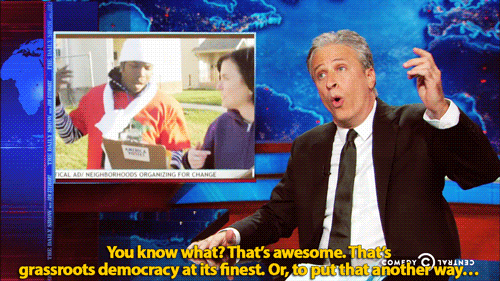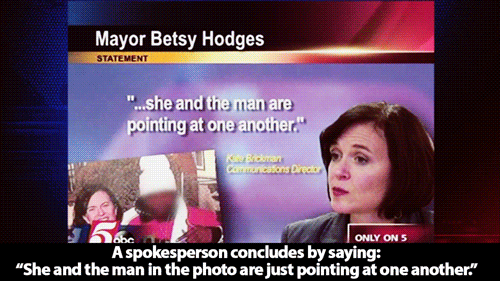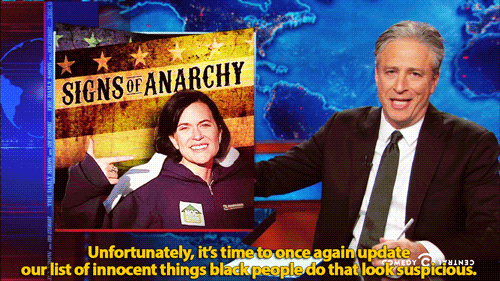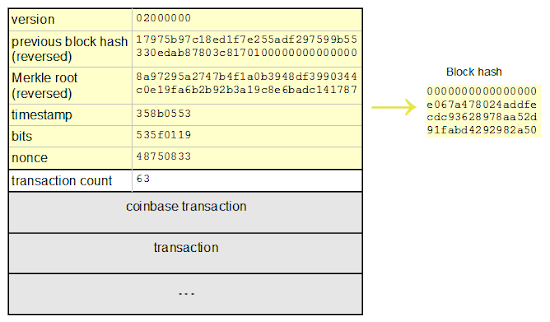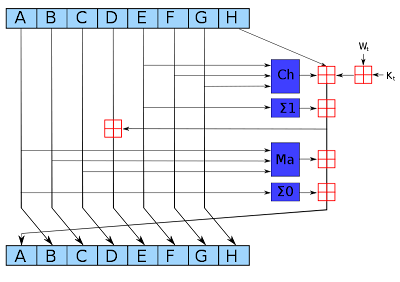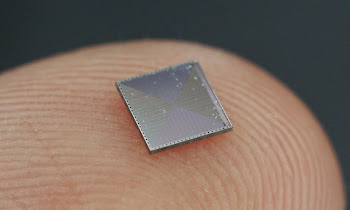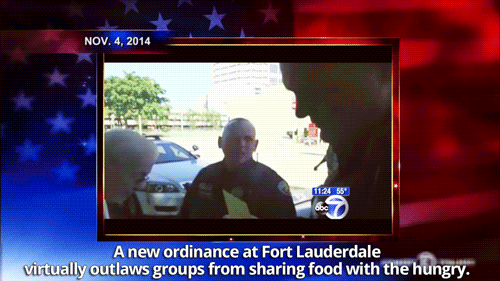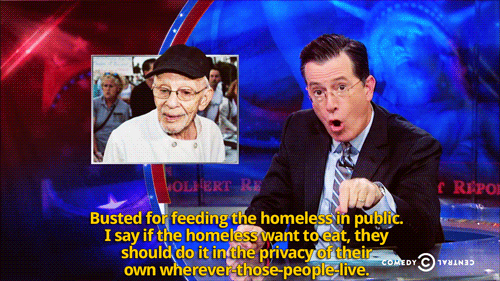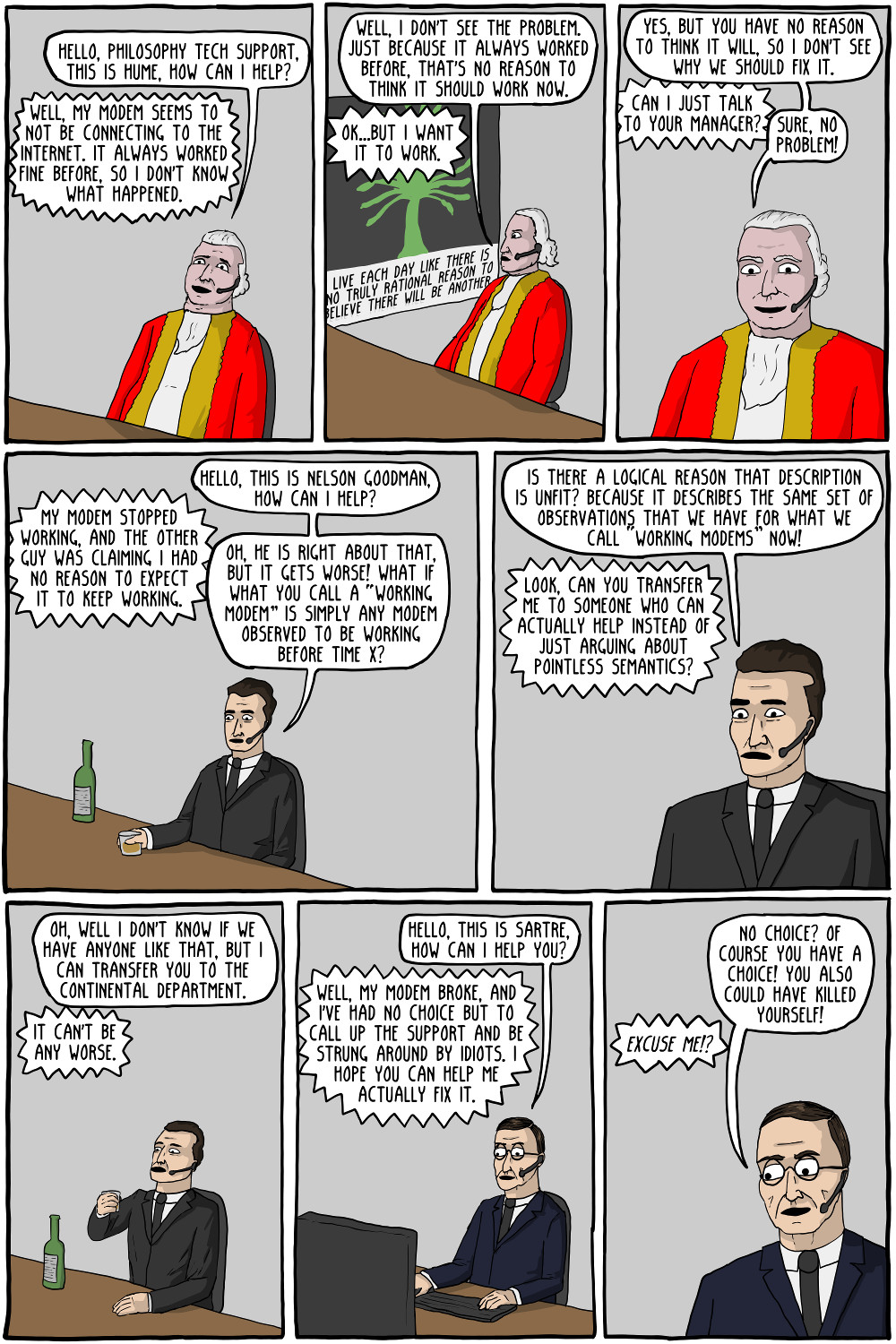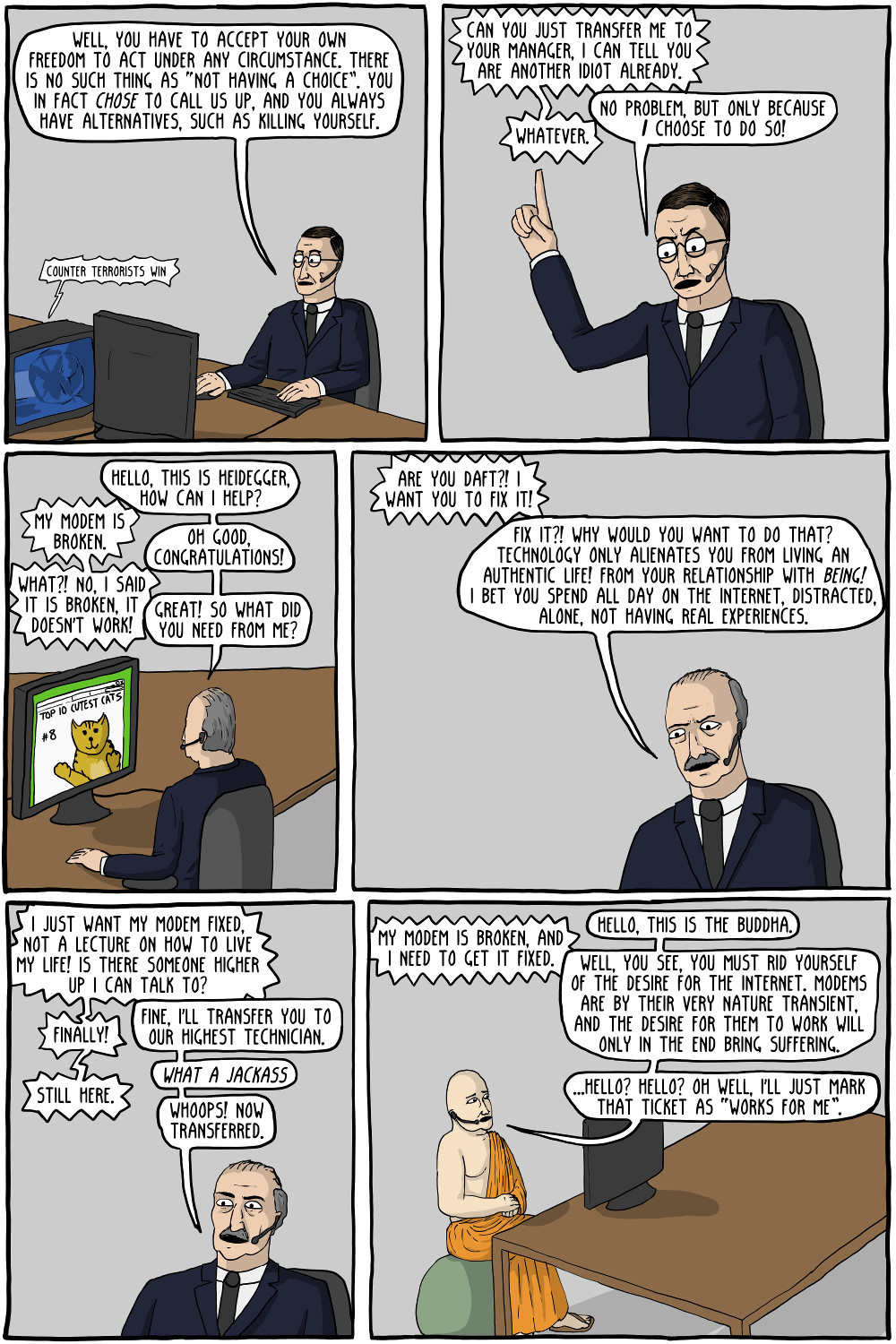Surely you've heard about this. A Texas court — full of old men, reeking of misogyny — has ruled that taking upskirt photos of unwilling women is free speech protected by the First Amendment!
How ridiculous! How despicable!
I mean, at least — that's what I think happened, based on how the story has been reported and talked about.
Consider, say — the Mary Sue, a really very good blog that deals with how pop culture treats women. Here's how they headlined and wrote about it:
Kansas City, Missouri May Soon Outlaw Catcalling; Texas Lifts Proposed Ban on Upskirt Photos
. . .
Just this week, Texas’ highest criminal court threw out a state law banning “improper photography” like upskirts and other invasive images taken without consent —in a decision ostensibly meant to protect “free speech” that will just protect perpetrators instead.
You think a blog is a bad example? OK, take The Guardian:
Texas court upholds right to take 'upskirt' pictures
A court has upheld the constitutional right of Texans to photograph strangers as an essential component of freedom of speech – even if those images should happen to be surreptitious “upskirt” pictures of women taken for the purposes of sexual gratification.
It's not all progressives. Look at Breitbart:
Texas Court: Ban on 'Upskirt' Photos Violates First Amendment Rights
HOUSTON, Texas — Texas' highest criminal court threw out a law on Wednesday banning "improper photography in public." Banning such photography, which includes "upskirting" or "downblousing" for the purpose of sexual gratification, would be considered a violation of free speech.
Or, on the other side, Salon:
Texas court throws out “upskirt” photo law, because banning creepshots is “paternalistic”
Texas’ highest criminal court struck down part of a law banning “upskirt” photos on Wednesday, arguing that photos taken without permission in public are entitled to First Amendment protections. Outlawing “improper photography or visual recording,” the Texas Court of Criminal Appeals panel ruled, would be a violation of federal free-speech rights and a “paternalistic” effort to regulate the photographers’ thoughts.
If you read those articles — if you read most of the coverage of this decision — you would conclude that (1) Texas had a law banning upskirt photos, and (2) a Texas court struck down the law because upskirt photos are protected by the First Amendment and can't be banned.
Or, you could, you know, read the actual court decision to see what the court said. Mike Masnick at Techdirt did so, and found that the decision didn't much resemble its coverage.
First, take the statute that was at issue. It's Texas Penal Code section 21.15(b)(1).
(b) A person commits an offense if the person:
(1) photographs or by videotape or other electronic means records, broadcasts, or transmits a visual image of another at a location that is not a bathroom or private dressing room:
(A) without the other person's consent; and
(B) with intent to arouse or gratify the sexual desire of any person.
That odd "not a bathroom" clause, by the way, is there because there's a separate part of the statute that deals with filming in bathrooms and dressing rooms — which the Texas court did not strike down.
So. Let's consider this a minute. Taking a picture of someone in public with the intent to gratify anyone sexually is a felony under this statute.
Is this picture a felony?

That depends on whether a jury thinks that the photographer took it for anyone's sexual gratification. Could you get arrested for taking the picture? That would depend on whether a cop thinks that you are taking the picture for sexual gratification. The picture is iconic; it depends upon apparent juxtaposition of a heavily-policed riot and a passionate embrace. I'm sure the cops will have a nuanced view of it when you're standing there taking pictures. No doubt someone finds the picture sexually stimulating. If you take the picture, with the intent to put it on the internet, and you know what the internet is like, are you committing a felony? Does it depend on whether you intended that people would be stimulated by it, or merely knew that they would?
How about this picture?

Various people find Jake and/or Maggie Gyllenhaal to be sexually stimulating. Many of these people probably read the papers and magazines that print pictures of them at the beach. The photographers know this, which is why they take the pictures, so they can sell them to the papers and magazines. Has the photographer committed a felony? Does it depend on how "hot" the picture is? Does whether it is a felony depend on whether Jake is wearing a rash guard?
Perhaps you think that's a ridiculous question, that I'm making up stupid slippery slopes. The Texas court doesn't think so.
This statute could easily be applied to an entertainment reporter who takes a photograph of an attractive celebrity on a public street.
How do we know it won't? We don't. We're supposed to rely on the discretion of cops and prosecutors. We're supposed to believe that when a statute allows the government to arrest and prosecute you for a wide range of conduct based on its subjective evaluation of your mental state, that they won't abuse it to go after people they don't like. But experience teaches that cops will, in fact, harass photographers given a chance.
But wait, you say. The Texas court didn't just say that! They said that upskirts are protected by the First Amendment!
No. They didn't. In fact, they explicitly said they weren't saying that.
Here's what the court did. Faced with a challenge to the statute, it first addressed whether photography in general is protected by the First Amendment. The answer — which I hope you will be happy to hear — is yes.
The second question is a bit trickier. Is photography an inherently expressive act that triggers the First Amendment, or does it depend on whether any given photograph has a "particularized message?" The Texas court weighed the precedents — parades are inherently expressive, flag-burning may or may not be expressive depending on the circumstances — and decided that photography is inherently expressive. The court quoted Hurley v. Irish-American Gay, Lesbian & Bisexual Group of Boston, which pointed out that demanding an individualized show of "particularized message" tends to chill and suppress speech:
As some of these examples show, a narrow, succinctly articulable message is not a condition of constitutional protection, which if confined to expressions conveying a "particularized message," cf. Spence v. Washington, 418 U.S. 405, 411 (1974) (per curiam), would never reach the unquestionably shielded painting of Jackson Pollock, music of Arnold Schönberg, or Jabberwocky verse of Lewis Carroll.
The third question is also tricky. Even if photography is generally protected, is this statute limited at only specifically unprotected types of photography? That's what the state argued — that because the statute only applied to photography intended to cause sexual gratification, it only applied to unprotected photography. Not so, said the court. Not everything designed for sexual gratification is unprotected. In fact, a large amount of sexual expression is protected. Here, the law bans both protected expression — say, taking a photograph of an attractive celebrity on the street — and unprotected expression, like child pornography or obscenity. The fact that something is designed to cause sexual arousal doesn't take it outside the protections of the First Amendment:
Banning otherwise protected expression on the basis that it produces sexual arousal or gratification is the regulation of protected thought, and such a regulation is outside the government’s power . . . .
But what about the "without consent" clause? Can the government ban non-consensual photographs? The state thought so — they argued that the lack of consent makes the ban constitutional, even though it would still apply to the hypothetical celebrity on the street. But, as the Texas court points out, the state is vague on the details. The state conceded in this case that we all effectively consent to being photographed when we go out in public to some extent, but argues there are some circumstances — which it can't define — in which that consent is no longer implied. But the First Amendment doesn't permit such ambiguity. Here the Texas court found that the state's definition of consent was so vague that it wasn't clear whether or not the defendant's conduct (taking pictures of women and children in bathing suits at a water park) would be illegal or not.
So, does that resolve the issue? No, it does not. That merely means that the statute bans some protected conduct. The next question is whether the state has a sufficiently compelling reason to ban that conduct. Here's where the coverage was the most woefully misleading. The court explicitly suggests that a law banning upskirts may survive First Amendment analysis:
We agree with the State that substantial privacy interests are invaded in an intolerable manner when a person is photographed without consent in a private place, such as the home, or with respect to an area of the person that is not exposed to the general public, such as up a skirt.
But this statute doesn't do that. This statute bans non-consensual photography (with a definition of consent that is not clear even to the state prosecuting under the statute) if someone has sexual intent. As the court points out, the state is perfectly capable of drafting a narrower statute, and does so in the next subsection by banning nonconsensual photography in bathrooms and private dressing rooms.
So — shouldn't the court just uphold convictions when they are for clearly unprotected conduct (say, a photo of a child that qualifies as child pornography, or a picture that qualifies as obscenity, or an unquestionable invasion of privacy like an upskirt), and strike down the ones that are for protected conduct? That's not how First Amendment analysis works. Under the overbreadth doctrine, if a statute poses a "realistic" risk of banning a "substantial" amount of protected speech, the whole thing fails. Here, the court found that the statute's reach was "breathtaking." Therefore, even though there might be some constitutional applications, the statute is unconstitutional.
But wait. What about that extremely douchey part where the Texas court said that banning non-consensual pervy photography was "paternalistic" to the women it sought to protect? What assholes!
Well, actually, that's not what they said at all.
Protecting someone who appears in public from being the object of sexual thoughts seems to be the sort of “paternalistic interest in regulating the defendant’s mind” that the First Amendment was designed to guard against. [emphasis added by irritable blogger]
The court was talking about being paternalistic to defendants by regulating sexual thoughts, not paternalistic to victims of creepshots.
So, to sum up, allow me to mainsplain:

Sometimes the rule of law — due process, application of established rules, procedures, and rights — result in nasty people getting away with bad things. That makes us angry. But it's not about how we feel.
The Texas court didn't say upskirts are protected by the First Amendment. Texas could probably ban upskirts, if it did a halfway-competent job of drafting a sufficiently narrow statute.
But who's going to get outraged about that?
If you're wondering why I give a shit, consider this: our freedoms are recognized or denied based on court rulings. Our understanding of those court rulings often derives from media coverage of them. When we do a lousy job of covering law, or when we put up with journalists doing so, we're doing a lousy job as citizens.
Texas Court Makes Upskirts Mandatory, Outlaws Kittens, Hates Your Mother © 2007-2014 by the authors of Popehat. This feed is for personal, non-commercial use only. Using this feed on any other site is a copyright violation. No scraping.



